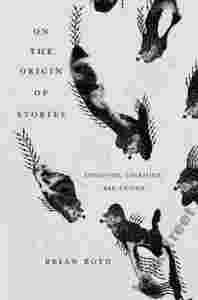|
A century and a half after the publication of
''Origin of Species'', evolutionary thinking has
expanded beyond the field of biology to include
virtually all human-related subjects - anthropology,
archeology, psychology, economics, religion, morality,
politics, culture, and art. Now a distinguished scholar
offers the first comprehensive account of the
evolutionary origins of art and storytelling. Brian Boyd
explains why we tell stories, how our minds are shaped
to understand them, and what difference an evolutionary
understanding of human nature makes to stories we love.
Art is a specifically human adaptation, Boyd argues. It
offers tangible advantages for human survival, and it
derives from play, itself an adaptation widespread among
more intelligent animals. More particularly, our
fondness for storytelling has sharpened social
cognition, encouraged cooperation, and fostered
creativity. After considering art as adaptation, Boyd
examines Homer's Odyssey and Dr. Seuss' ''Horton Hears a
Who!'' demonstrating how an evolutionary lens can offer
new understanding and appreciation of specific works.
What triggers our emotional engagement with these
works?What patterns facilitate our responses? The need
to hold an audience's attention, Boyd underscores, is
the fundamental problem facing all storytellers.
Enduring artists arrive at solutions that appeal to
cognitive universals: an insight out of step with
contemporary criticism, which obscures both the
individual and universal. Published for the bicentenary
of Darwin's birth and the 150th anniversary of the
publication of ''Origin of Species'', Boyd's study
embraces a Darwinian view of human nature and art, and
offers a credo for a new humanism. |
|

